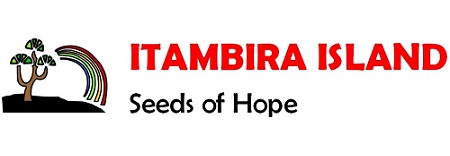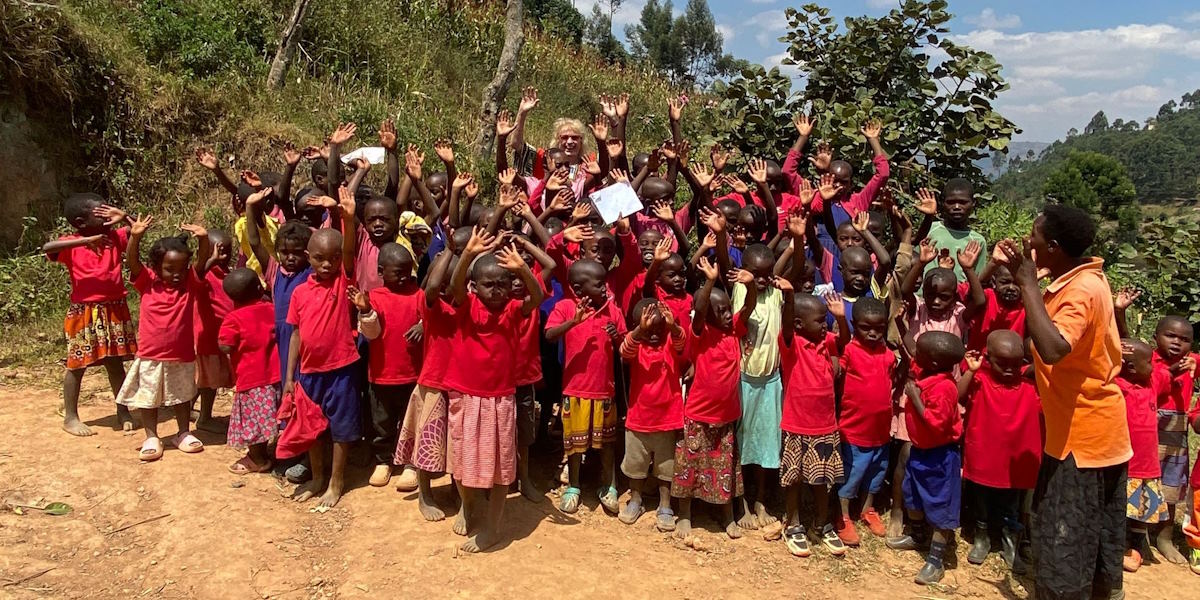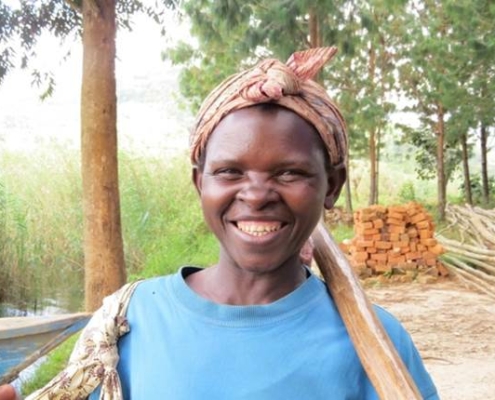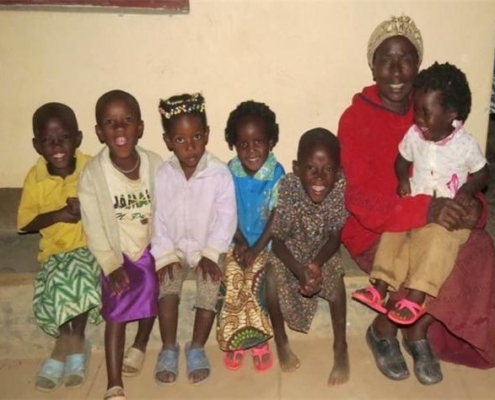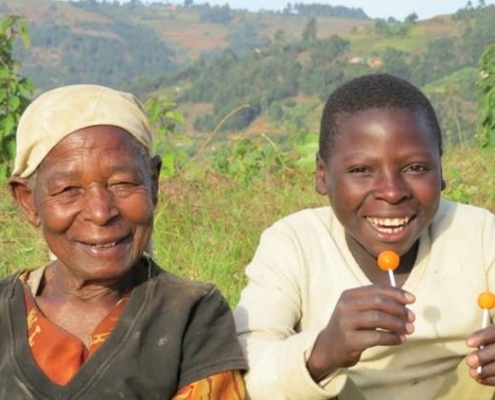Itambira Island, Seeds of Hope Project
Itambira Island Seeds of Hope (IISOH), is a registered Community Based Organization based on Itambira Island in Lake Bunyonyi , in Kabale District in SW Uganda. The project seeks to work with communities around Lake Bunyonyi to enable them to improve their quality of life.
Itambira Island Seeds of Hope partners with Itambira Island Trust, a UK registered charity.
Vision Statement
‘An empowered society where the vulnerable and disadvantaged members realise their full potential and share in the love of God to live in peace and harmony”
Mission Statement
‘To provide the communities around lake Bunyonyi with opportunities for learning, with the aim of transforming their lives – physically, economically and spiritually’.
Goal
To transform the lives of selected communities around Lake Bunyonyi – physically, economically and spiritually
Objectives
- To enable people to increase their income and thus better support their families.
- To enhance access to water, through Water Sanitation and Hygiene programme to improve livelihoods and health.
- To improve farming methods to obtain better yields, thus increased income.
- To improve food security and nutrition to improve health of all family members and enable children to better perform in education.
- To improve social cohesion through family enhancement training and enable communities to live in peace and harmony
Tourism
We established tourism facilities to raise income for our projects training costs. The aim is to become locally self sustaining in the long term.
Projects
The organization operates through several projects namely:
- Increased income
- Food security & nutrition
- Water sanitation & hygiene
- Social cohesion
- Sustainable land management
Local Needs
Kabale District is located in the southwestern part of Uganda. The district is heavily populated, with one of the highest growth rates at 3%, and extensively cultivated. The estimated population, with a projection from the 2002 census is 660,000. With an area of 1,827 square kilometers (705 sq mi), the population density in the district is estimated at 361 people per km².
The main activity of the population is subsistence agriculture
The literacy level of Kabale is at 47.4%[1], while 76% of the adult population didn’t go beyond primary level of education
Most households survive on only one meal a day causing malnutrition, especially among the children. 16% of the Children are stunted. Women work in fields far from home (between 5-10kms) for 10-12 hours a day and children who stay at home skip meals or feed on poorly-preserved leftovers. Just over 20% of children have chronic malnutrition (TDI report)
Due to the dense population, people settle on the hill tops and reserve the lower fertile soils in the lower parts of the hills for agriculture whereas most water sources are found in the valleys and this causes people to haul water over long distances and on steep slopes. In Kabale district water hauling is mainly the work of women and children in addition to doing other domestic chores. This has contributed to many women having back problems and miscarriages and the poor school performance of children as they at times miss early and late lessons alternating it with water hauling.
Youth and children make up a large percent of the population (below 18 years) and many have a negative attitude towards work and this is one of the causes of low productivity and food scarcity.
Due to population pressure on land, there is over cultivation of the small available fragmented pieces for land using traditional methods of farming of burning the bushes, reclaiming swamps and deforestation have accelerated soil erosion leaving land barren. The terrain cannot promote mechanised agriculture due to land fragmentation and steep slopes of the area. This has led to low productivity hence poor feeding and poor nutrition causing poor growth and development in children. This has an impact on the environment as now the situation is unreliable rainfall, falling of water tables and long extended dry spell.
There is an increasing gap between rich and poor with 60% living below the poverty line. 70% of these are youth and many are unemployed
Specific challenges facing the youth in this particular area include lack of relevant skills leading to unemployment and hence redundancy, which can in turn lead to other social issues.
[1] Uganda Bureau of Statistics Demographic and Household Survey 1999/2000
Desired Outcomes
Desired outcomes
- Improved health
- Improved quality of life
- Prevention of spread of HIV/AIDS
- Improved life chances for young people
- Improved management of resources
- Improved parenting and child care
- Increased economic wellbeing through employment
- Spiritual growth and committed Christians
